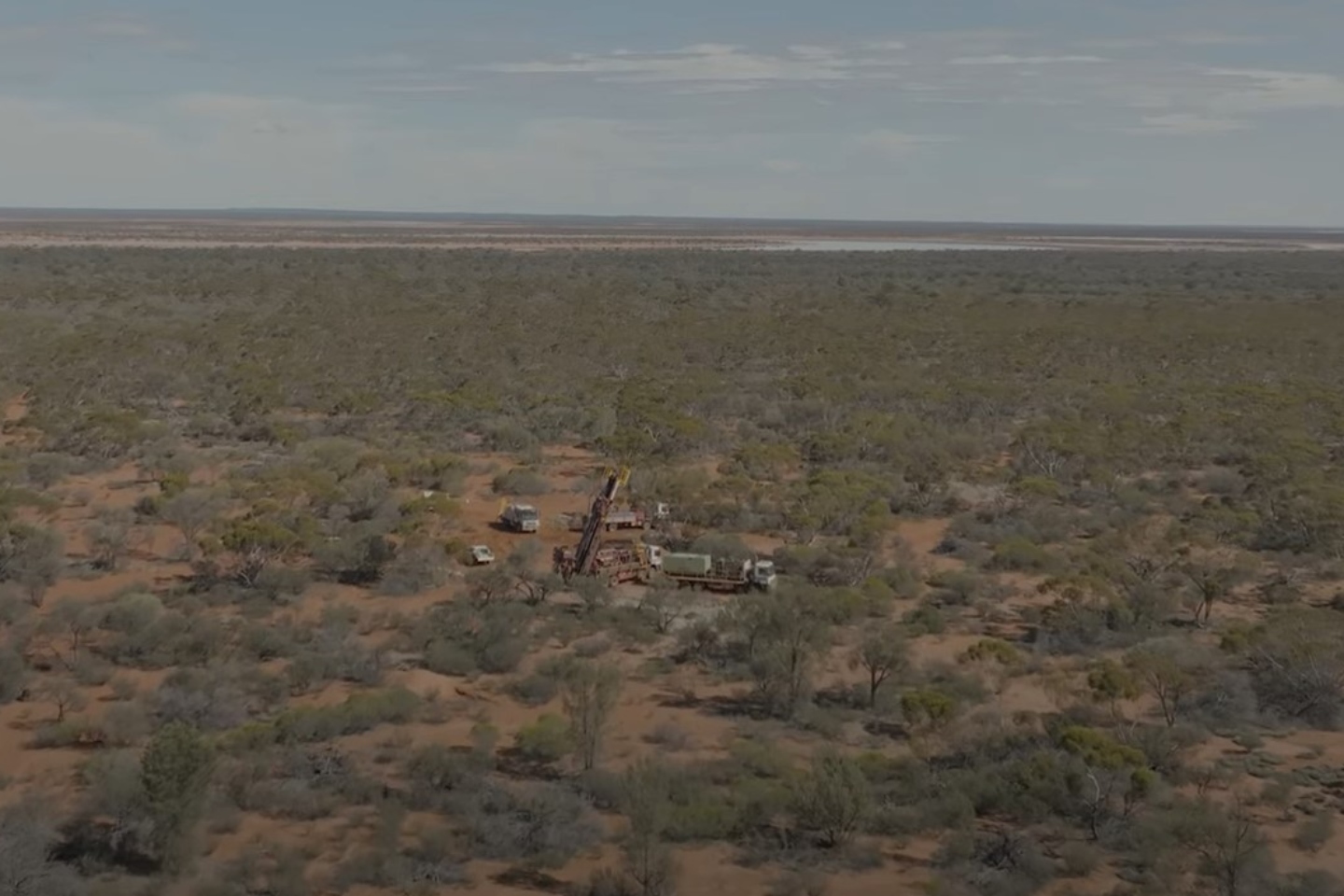Kalgoorlie Gold Mining has revealed thick new gold intercepts that extend mineralisation to 2km of strike at the Wessex prospect within its Pinjin project, 140km north-east of Kalgoorlie in Western Australia. Results from a recent aircore campaign include 4m going 2.06g/t gold with 3m at 2.69g/t and hits of 4m at 2.37g/t and 4m at 1.72g/t within longer primary intercepts.

Kalgoorlie Gold Mining has revealed thick new gold intercepts that extend mineralisation to 2km of strike at the Wessex prospect within its Pinjin project, 140km north-east of Kalgoorlie in Western Australia.
Close-to-surface results from a recent aircore (AC) campaign include 4m going 2.06 grams per tonne gold with 3m at 2.69g/t and hits of 4m at 2.37g/t and 4m at 1.72g/t within longer primary intercepts that average close to 1g/t. The company’s follow-up AC program at Wessex comprised 42 holes for 2885m on a 160m-by-80m grid, which extended its original drill coverage and nailed some thick gold intercepts.
Historically, gold distribution at Wessex has been poorly defined, with restricted occurrences detected off tenure to the west. Exploration at the target is somewhat frustrated by ubiquitous shallow cover and lack of outcrop, meaning that historical exploration has been sporadic and inconclusive.
However, it has produced scattered off-tenure gold sniffs west of Wessex and also in the intervening ground to the east, between Wessex and Hawthorn Resources’ Anglo-Saxon open-pit operation.
The company’s recent work has demonstrated that extensive, thick gold mineralisation and anomalism extends through some 2km of strike and within 1km of and about parallel to the Anglo Saxon open-pit gold mine outside KalGold’s tenure.
Kalgoorlie Gold Mining managing director Matt Painter said: “We are pleased with the aircore drilling results and are preparing to launch our first RC drill program at Wessex. This significant step will be pivotal in confirming gold mineralisation geometry and testing its potential depth. In the meantime, we will commence a third round of aircore drilling to test additional targets throughout the Pinjin Project area.”
The company’s latest intercepts are associated with quartz veins, alteration and iron-staining, which are all common characteristics of primary gold mineralisation. The iron-staining is a result of degradation of iron sulphides such as pyrite, which are typical, although not exclusive.
The northern end of the Wessex mineralisation envelope – as it is currently defined – sits about 600m south-west of the southern end of Anglo-Saxon. Wessex contains a few holes exhibiting healthy gold grades and decent runs of mineralisation, such as 28m going 1.27g/t gold including 8m at 1g/t and a further 8m at 2.15g/t above 64m depth.
googletag.cmd.push(function() { googletag.display('bn-dfp-article-lb2-advert'); });KalGold believes the shallow, flat, easterly dip of its Wessex show may bring the deposit into a useful structural association with the Anglo-Saxon mineralisation and could enhance the potential of the zone between the two targets. It says Wessex possesses some similarities to its high-grade Anglo-Saxon neighbour, which contains an estimated 157,000 ounces of gold at 6.1g/t.
Such an association – and any potential arising from it – cannot be easily clarified with AC drilling, so KalGold is getting set to sool a reverse-circulation (RC) rig onto the task of unravelling the gold-related geometry at Wessex, which it says could prove pivotal to the future of the project.
Management says that despite the surface cover and thin prior exploration, its efforts are supported its high-resolution magnetic geophysics and its interpretation of faults and shears along the Wessex trend, which helps with envisioning gold distributions and targeting of subsequent phases of work.
The Wessex AC drilling pattern is spaced on relatively open 160m-by-80m centres, with depths of drilling determined by ground hardness and drill refusal considerations.
In the company’s experience, AC sample assays above 40 parts per billion (0.04 g/t) gold are considered worthy of attention. Accordingly, the wide extent of gold mineralisation and anomalism throughout the drilled area invites detailed follow-up.
Further RC drilling is commonly required to pursue zones of AC-defined anomalism to depth. With that in mind, planning is underway for KalGold’s initial reconnaissance RC drilling at Wessex, focusing on confirming continuity, tenor and orientation of gold mineralisation below significant previous AC intercepts.
The program could prove transformational for Wessex, particularly if it assists management in its understanding of the structural relationships between the target and the Anglo-Saxon operation.
KalGold says a successful outcome to the imminent RC program would lead to infill and extensional drilling to define the size and extent of the gold mineralised system. The company has also completed a high-resolution aeromagnetic survey around Jungle Dam in the northern project area, which it hopes will generate new information to accelerate its exploration.
Is your ASX-listed company doing something interesting? Contact: matt.birney@businessnews.com.au
















